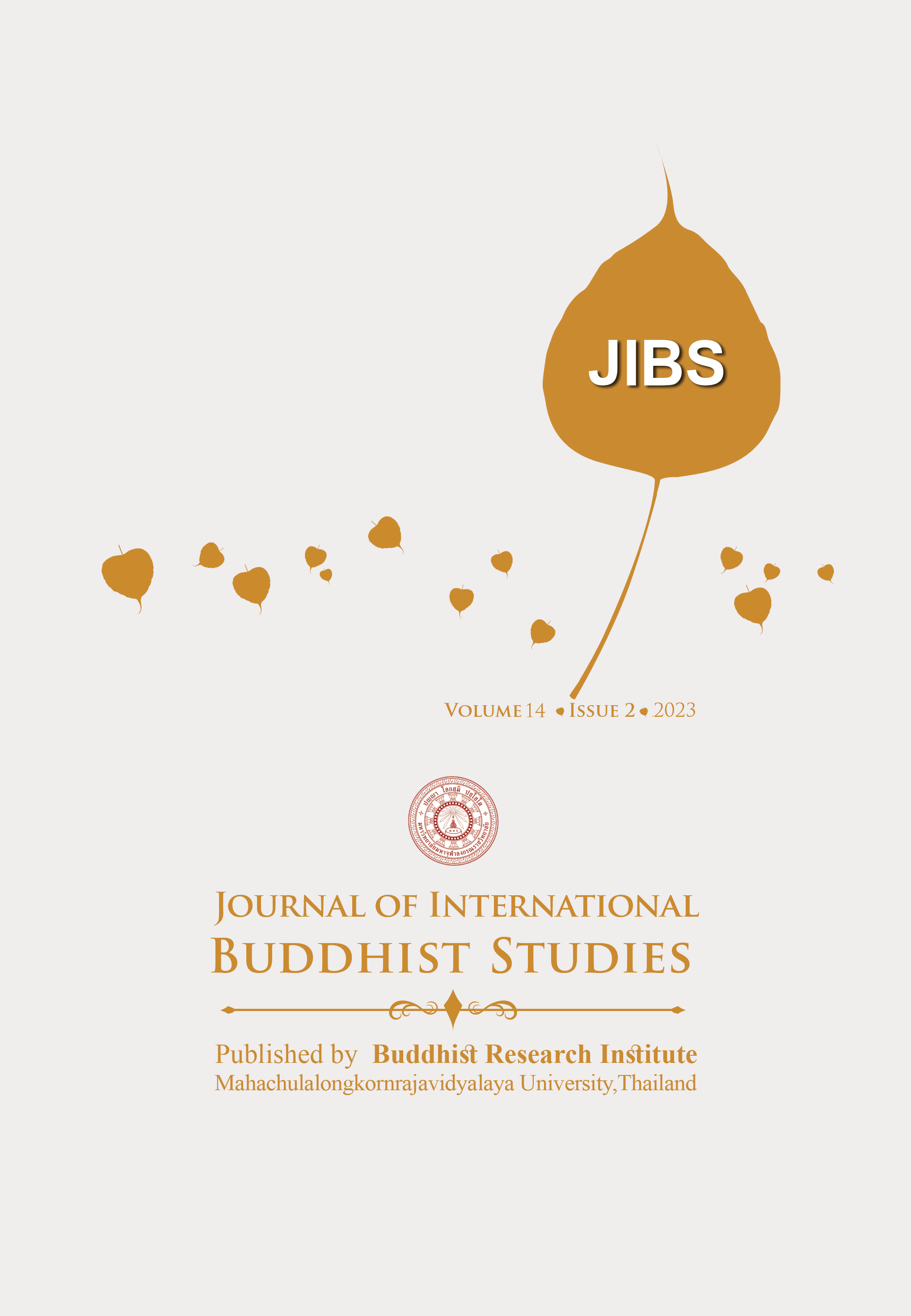The Production of Quantitative Buddhist Economics
Keywords:
Quantitative Buddhist Economics, First Fundamental, Production Buddha’s Doctrines, Thai TheravadaAbstract
- This paper aims to summarize the crucial detail of the production of Quantitative Buddhist Economics, QBE. The new price model and mathematics are methodologies. The Buddha’s doctrines taught in Thai Theravada schools for people living with family and money following the law of action and the Heart of Millionaires are data. The investigation found that wage, rent, interest rate, profit, fixed cost, variable cost, concession, and other prices as data and a subset of the price in the real-world markets. The optimum production of BE is self-reliance with modern development, not profit maximization, and avoiding harmful economic activities. BE is a "unique" mixed economic system where the government supports people to make money. Production in BE shows positive and negative money results for people and countries in the long run. The objective of the economic development of mainstream economists is to serve the capitalist’s benefit but BE for all people and government. BE advises many different administrating directions for a government to reach the wealth and happiness of nations compared to mainstream economics. If Buddhist economists analyze the high national income of mainstream economists, three possible results will appear: zero wealth, significant problems, and high wealth because mainstream economists have never considered the quality of investment or production.
References
Aftanas, Leonid and Sergey Golosheykin. “Impact of regular meditation practice on EEG activity at rest and during evoked negative emotions.” Neuroscience Letters 486 (2011): 141-145.
Boonsri, Poramest. “Discovery in Time as a Vector Plus Polarity of Gravitational Force.” Palarch’S Journal of Archaeology Of Egypt/Egyptology 17 (2020): 957-966.
________. “Discovery in Demand as Cross-Section Data Plus Unified Economic Model.” International Conference on Mathematical and Statistical Physics, Computational Science, Education, and Communication (ICMSCE 2022) 12616 (2023).
________. “Discovery in Five Fundamental Angles at the subatomic level Plus a Three-Dimensional Body.” Palarch’S Journal Of Archaeology Of Egypt/Egyptology 17 (2020): 978- 992.
________. “Discovery in Reasons Economics is not an Exact Science Plus New Price Model.” International Conference on Mathematical and Statistical Physics, Computational Science, Education, and Communication (ICMSCE 2022) 12616 (2023).
________. “The Genesis of Quantitative Buddhist Economics.” Journal of International Buddhist Studies 14 (2023): 1-20.
________. “The Time Equation Explaining Equations in Physics and Economics.” International Journal of Engineering and Advanced Technology(IJEAT) 8 (2019): 165-168.
Economics. Costs of Production. Accessed June 24, 2023. https://www.learn-economics.co.uk/Costs.html.
________. Explaining the Effect of Changes in National Income on Trade. Accessed June 24, 2023. https://www.learn-economics.co.uk/Using-the-cross-diagram.ht
________. National Income Equilibrium. Accessed June 24, 2023. https://www.learn-economics.co.uk/National-income-equilibrium.html.
________. Price Discrimination. Accessed June 24, 2023. https://www.learn-economics.co.uk/Price-discrimination.html.
Garland, Eric L., Sarah A. Gaylord, and Steven A. Howard. “The effects of mindfulness-based meditation on sports performance: A meta-analysis.” Perspectives on Psychological Science 10 (2015): 716-731.
Kaplan, Robert. The Geography of War. New York: Random House, 2005.
Khoury, Bruno, Sanjay Sharma, and Sameer Singh. “Meditation and plasticity of the brain: A review of neuroscientific evidence.” Frontiers in Human Neuroscience 7 (2013): 346.
Mearsheimer, John. The Causes of War. New York: Columbia University Press, 2001.
Opie, Redvers. “Marshall’s Time Analysis.” The Economic Journal 41 (2022): 199-215.
Phra Brahmakunaporn (Phrayudh Payutto). Duties of a Universal King or a Great Ruler. Accessed March 2, 2023. https://84000.org/tipitaka/dic/d_item.php?i=339.
________. Fourfold Division of Money. Accessed March 2, 2023. https://84000.org/tipitaka/dic/d_item.php?i=163.
________. Hindrances. Accessed May 2, 2023. https://84000.org/tipitaka/dic/d_item.php?i=225.
Saengthongdee, Tatchakorn. “Buddhist Leadership features.” The Journal of Research and Academics 1 (2018): 138.
Space-time. Encyclopedia of Mathematics. Accessed October 25, 2016.
https://www.encyclopediaofmath.org/index.php/Space-time.
The Chaipattana Foundation. Philosophy of Sufficiency Economy. Accessed April 1, 2023. https://www.chaipat.or.th/eng/concepts-theories/sufficiency-economy-new-theory.html.
Tilly, Charles. The Weakness of Nations. New York: Oxford University Press, 1992.
Valosek, Laurent. “Effect of Meditation on Emotional Intelligence and Perceived Stress in the Workplace: A Randomized Controlled Study.” The Permanente Journal 22 (2018): 172.
Way, Jonathan D., Barbara M. Kritzman, and Eric K. Lindsay. “Mindfulness meditation improves working memory capacity and GRE performance.” Psychological Science 25 (2014): 1332-1338.







